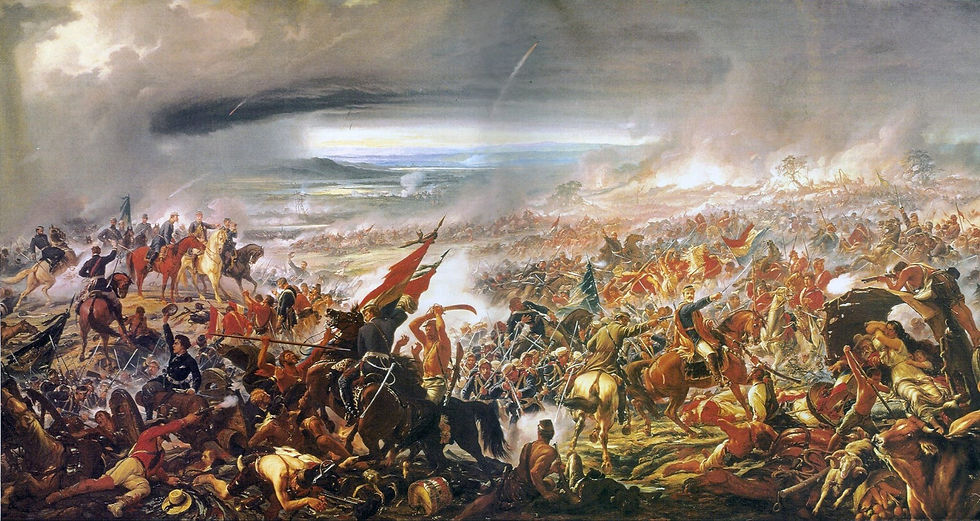War Through the Lens of Realty
- Isaac Gonzalez
- Jan 16, 2016
- 2 min read

The development of an artist’s work consists of the external factors of both the artist’s emotions and events pertaining to the outside. One such artist that conveys such a change in ideals and perception of war is Winslow Homer, a skillful self-taught artist, who after staying some time with the union troops, his illustrations of war changed. Homer with his extraordinary art broke the romanticism of war with the reality of it and disembodied the assumption that only whites run the military as others have done before they were allowed to fight.

Homer’s first depiction of war fulfilled the nation’s romanticism and the false clichéd beliefs of war. The second depiction of war, drawn after he had spent time with the troops, broke the romanticism of war that people who had not been in close proximity of the war held. This picture broke ideals of those who were unfamiliar with the reality of the war and introduced the true war in simplicity, without the excess of chaos in organization. An example of this change, is how war in the first picture is organized despite being the middle of a war where a man in our current society anyone in that position would be scared out of their mind. This picture of course fails to recognize the fear and instead gives a sense of artifactualization that implies war is simply an organized thing and death in war is both necessary and common. While in picture one, war is organized chaos, in picture 2 there is simply a soldier sitting in the calm of a tree, no background but the leaves in which he hides. This of course was a shock to people; the realism of war shocked them, the fact that their own troops were “cowardly” hiding in trees taking down soldiers without engaging them. However, this was only because of that romanticism that people held, if one were to place themselves in both pictures of course they’d decide on the second, no one is idiotic enough to wish to be amidst the war where death is seen as a natural cause. Some may argue that the soldiers seem calm enough to raise their swords in the first image, however, such as the belief of a short 3 month war was disproven, so can the belief of the soldiers calmness when one focuses on the bottom right of the image where one can see emotions of anger and fear take place. This not only cause criticism but also awareness to the fact that real war was not in close contact but from a distance and with strategies that put the enemy at disadvantage.
The pictures provide us with one account of how contemporary people viewed the events that happened in 1862. Though we only viewed this account, it had a great influence in providing the people with the reality of war, and directly display a development of thought through the progression of his work.
Works Cited
"Homer, Winslow. The War for a Union, 1862. Digital image. Harper's Weekly, 5 July 1862. Web. 14 Jan. 2016. <http://americanart.si.edu/collections/search/artwork/?id=37062>.
Homer, Winslow. The Army of the Potomac. Digital image. Harper's Weekly, 15 Nov. 1862. Web. 14 Jan. 2016. <http://www.civilwarinart.org/items/show/83>
"Winslow Homer Introduction." Winslow Homer Introduction. Smithsonian Institution, n.d. Web. 17 Jan. 2016. <http://www.civilwar.si.edu/homer_intro.html>.

Comments